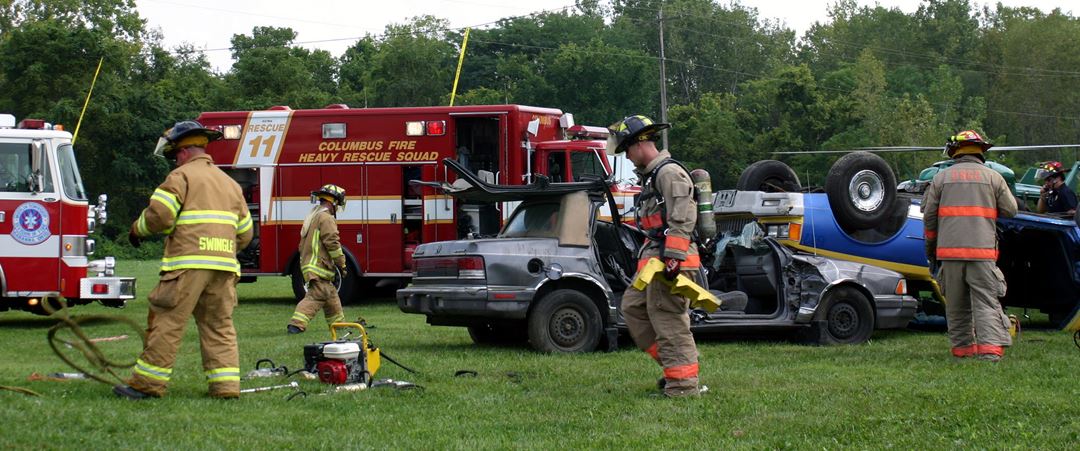Climate change and developments in society mean that we must be prepared for major disasters in the world. The recent terror attacks in Norway have shown that both individuals and society and a whole must be prepared for the unthinkable. Other recent events include the petroleum catastrophe in the Gulf of Mexico, the earthquakes and tsumani in Japan, and forest fires in Greece and Portugal.
Large-scale multidisciplinary rescue services are put into effect in much the same way as they were 20 or 30 years ago. This contrasts with the state of affairs in other areas such as medicine, where new methods of treatment are constantly being developed, with important consequences for public health.
Research and development projects concerning emergency services are urgently needed, and the EU has met this challenge by financing BRIDGE (Bridging resources and agencies in large-scale emergency management). In the course of four years, € 18 million (MNOK 140) will be put into improving our ability to save lives and property when catastrophes occur.
Cooperation
BRIDGE aims to develop technology for improving communication and coordinated actions so that emergency leaders and agencies (police, fire and health services) will be better able to save lives and limit the extent of damage by means of the appropriate tools and equipment. The project will look in particular at how cooperation among different agencies and organisations can be made more efficient at national and transnational level.
BRIDGE will also examine how we can obtain and use information as disasters develop, in order to give us a better joint understanding of the situation and thus enable us to make better decisions more rapidly.
Paradox
Rescue efforts depend first and foremost on the ability of large numbers of individuals to make difficult decisions rapidly; decisions that need to be communicated efficiently to others. Every aspect of technology debelopment must therefore be based on the needs of the users of the systems involved.
Project manager Jan Håvard Skjetne of SINTEF ICT points out that we currently have access to large amounts of information and possibilities for communication via a wide range of sensors, mobile telephones,, satellites and the Internet. “It is paradoxical that we seem to be unable to make use of all this when we need to. This is a constant problem that reduces the efficiency of major rescue operations.”
Several partners and several aspects
BRIDGE has brought together 14 partners from seven different countries. In addition to technological research and development, the project will examine European laws and regulations and how these affect cooperation and the management of major disasters across agencies and antional boundaries. Ethical and social aspects of the use of technology will also be central topics of the project. In order to ensure that appropriate solutions emerge from the project, the emergency services will be involved in the development and evaluation of the solutions.
Three Norwegian partners are members of the project. SINTEF is project coordinator and is contributing design and technology development. The regional acute medical competence centre Helse Vest (RAKOS) at Stavanger University Hospital represents the emergency services and users. The hospital will coordinate the needs of the rescue resources that will deal with emergencies. Crisis Training AS in Elverum will develop technogy and methods aimed at creating more realistic training exercises for dealing with crisis situations.
This is BRIDGE

